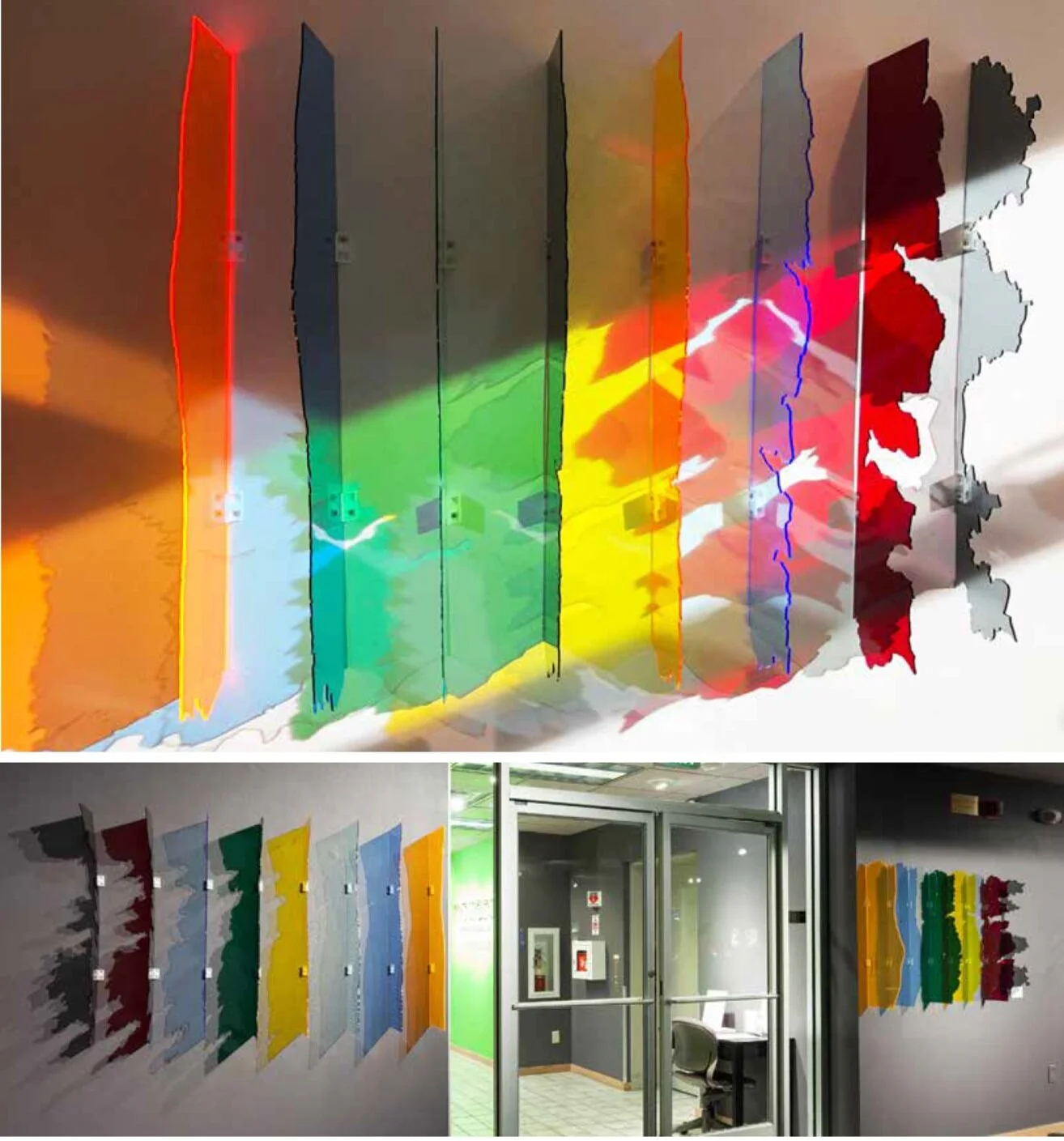BRANDON GELLIS CURRENT creative WORK

Video installation, visual programming, 1:20 loop, 2020.
It’ll Just Be A Minute, is a recorded animation. The scene is constantly regenerated and never repeated the same way twice. The scene was designed in TouchDesigner, a visual programming software, and references my feelings of loneliness and disparity, and waiting during this pandemic. The speed, transparency, color, darkness, and perspective speak to my feeling of driving-full speed directly into life, currently.
Augmented Reality (AR) App and Experience, interactive art, Cinema 4D and Unity, 2020-21.
I am curious about how young children understand story ideas and lessons. I wonder what they enjoy most, the sound of a parent’s voice, the reverberating in their chest, the voices of varying characters and animals, the quality time, etc. I wonder if they, a toddler, connect with more than a parent’s voice and the imagery. I imagine how their understanding of any story is very different from how I interpret it.
To explore these questions, here you see a two-part response representing our shared experience as we explore each story. The scene experienced on the digital tablet explores a gentile perspective, my daughter’s untainted perspective of a fairytale scene. The scene adhered to the wall represents my tainted perspective of the same scene. I have used a Royal wedding scene depicted in a story that we read often, Prince and Knight, a dragon-slaying adventure that ends in the loving union of a prince and a knight. I invite you to witness each scene individually and then through the digital scene, using the tablet’s camera.
Live-Video Projection, Motion Interaction, TouchDesigner, 2019
Heat Sink is an interactive-video installation that calls upon many cultural and religious influences of my youth. Audiences are invited to interact with the work, altering it with the included Web camera, operated through TouchDesigner.
Inspiration for this work is two-fold, coming from my frustrations with our current heated-political climate; and the rate at which our ecological climate is being altered and depleted by human dependencies on technology. The use of technology to make this work is self-referential, I am critical of my own deepening dependence on technology across my personal and professional lives.
TouchDesigner, Cinema 4D, virtual reality motion graphic, 2019.
Velocity is an immersive, interactive experience that encourages users/audiences to think critically about their presence across virtual and augmented spaces. Unaware, wearers are tracked, informing the visual system they are experiencing. Velocity uses motion-tracking sensors to monitor a VR headset wearers’ movement, creating an immersive and self-contained, closed loop-particle system experience.
This work pulls people out of the experience and consciousness of being observed — referencing notions of the “Other”, human and digital surveillance, and omnipotence — without knowing their own movements inform their experience. Users are immersed in a beautiful, generative particle system and gain a sense of greatness compared to their individuality and size.
I recently designed this work, in part to elucidate to my students how an immersive but simple design can engage audiences to explore a variety of critical topics. We discussed that beautiful-creative work is irrelevant if you cannot reach art participants without clear, conceptual ideas. The value of discussion and impact takes precedence over idealized “prettiness” or art.
Laser cut vellum, cut vinyl, data visualization, 2019.
Stumbling back is a historically-accurate data visualization. Each vellum panel is seared and cut to indicate the exact geolocations (addresses) of Jews taken from their homes in Berlin, Germany and sent to Nazi Concentration Camps during World War II. Small squares indicate the abundance of people taken from one or neighboring addresses.
Light shines through cut elements from the most densely affected neighborhoods, representing the loss from those communities but also a beam of hope passing through.
Suspended light sculptures, fiber optic cables, CNC milled acrylic and pine, 2019.
Eden Sank to Grief is inspired by Robert Frost’s poem, Nothing Gold Can Stay. It is believed that the poem references Adam and Eve’s fall from favor, and similarly how beautiful flowers ultimately sink and lose their luster. This is a wood and acrylic rectangle mounted about eye height on the wall that has a desolated landscape CNC milled out of the acrylic face. From the landscape falls the fiber optic cables, lit with LEDs, that elongate or drag out the fall in the visual cascading form of a waterfall.
hear+now, Processing, Arduino micro-controller, sound detection, 2016.
‘hear+now’ is a live visualization of sound. As residual sound only permeates momentarily ‘hear+now’ captures the essence of brief moments in time. Exploring the density and frequency of sound across time and space, ‘hear+now’ – a 3-Dimensional data visualization project – accesses a broad range of sound to generate real-time geometric forms. The louder a community, the more complex and distorted the mesh is displayed.
Mindful of the more than 120 vertices present on a Icosahedron (geometric sphere), ‘hear+now’ listens to live sound data to reimagine, reshape and project active waveforms as protrusions, quite literally giving the icosahedron a ‘facelift.’ Approximately every 50 seconds a new shape is generated and may be captured for 3D printing, but consistent with this projects live nature, each newly generated shape is temporal.
Digital imagery, After Effects, p5js, digital prints, 2018.
Each frame, sequence, interaction and image is a window into our witnessing and perception of the natural world – its origin, its story, and its future – creating a blur across time, person and place. Such distorted views may also be analogized to our digitally driven and augmented perceptions of ourselves, our culture, ideas of community, and our reliance on technology.
Translocation: UAV explores ideas of how we perceive our surrounding world whilst losing sight of its inherent beauty and value. This work uses high-resolution aerial images and videos captured with UAVs (drones) in the forests of La Selva Biological Research Station, Parque Nacional Barbilla, and along Cahuita National Park along the Caribbean Coast in Costa Rica. The images and video are then augmented as a motion graphic using Adobe After Effects, and then captured as still images.
Stills from Virtual Reality environment, p5js, OpenGL motion graphic as video projection or image stills as digital prints, 2018.
Part of the Translocation series, this data-driven creative coding and motion graphic work explores how we, people perceive the natural world’s inherent beauty and value as a faint whisper.
Perception is a driving force of this work. I believe that through our actions, we ultimately alter and lose perspective of the natural world, replacing it with altered narratives that are sometimes unrecognizable simulacra of its true natural aesthetic.
Digital imagery, p5js, OpenGL, digital print, 2018.
Each frame, sequence, interaction and image is a window into our witnessing and perception of the natural world – its origin, its story, and its future – creating a blur across time, person and place. Such distorted views may also be analogized to our digitally driven and augmented perceptions of ourselves, our culture, ideas of community, and our reliance on technology.
This series further augments the same high-resolution aerial images and videos captured with UAVs (drones) through OpenProcessing (p5js visual programming language), and using OpenGL to explore the footage in 3-dimensional and motion graphic spaces.
Laser cut, programmable / addressable LEDs, data visualization, 2017-18.
exine stratification is a top-down view of the Rocky Mountains, designed as a six-part series. Elevation is an often-unimaginable indicator of geological historic. This top-down view Rockies forces viewers to consider space and place, looking headlong at the amazing scale of this Alpine landscape.
Actual topographic elevation is measured and based off of true elevational variations in the Rocky Mountain range.
Live-video projection, sound-sensor interactive input, 2017-18; https://vimeo.com/248716136
Generations is a live-video feed actively augmented by human interaction. Projected distortion is by sound input via an Arduino micro-controller fitted with a sound-sensor. Visuals change based on four-levels of sound to control bring the digital landscape to life. The simplest sound interruption agitates the wireframe landscape subtly, while the greatest amount of noise turns the wireframe grid into a series of pixels intermixed with bright flashes of imagery from my Heated Memories series, taken 90 ft. underground. The louder the room gets, the deeper the impact is witnessed.
Laser cut acrylic, data visualization, 60 pieces, 2017-18.
Hyper-spectral imaging (ultra-high-resolution scanning) is used to obtain the spectrum for each pixel in the image of a scene, with the purpose of finding objects, identifying materials, or detecting processes.
Using hyper-spectral imaging technology, percussion is a three-dimensional visual reconstruction (data visualization) of part of California’s Cajon Pass. Minerals are a brilliant indicator of the past. Mineral and geologic data inform percussion’s artistic representations of Earth’s history. Each mineral present in a 150 ft. deep vertical rock core sample from the Cajon Pass, is represented through, abundance color and length in each of 60 individual, 5”x5” core squares. The most abundant minerals are represented as the least long pieces, and the least abundant minerals are represented by the longest acrylic rods. Black represents soil, the most abundant of all biological matter captured in this core sample. Hyper-spectral imagery was generously provided by Corescan Pty Ltd: www.corescan.com.au.
Laser cut acrylic, 2017-18.
Time & Space is a laser cut reconstruction of the Grand Canyon River Valley. Viewers walk through the center of the work, or the river itself, and are surrounded on both sides by the Grand Canyon’s topography, from the riverbank out to the top of the ridgeline.
3D printing, laser cutting/etching, video, programmable LED and motion sensors, wood, mixed media, data visualization, 2016-17.
The MicroEcos series - the culmination of a two-year long exploration - of is a self-contained exhibition of 3D digital-reconstructions, laser cut vignettes, and video recordings, created to bring tactile and tangible scientific principles to art and humanities audiences. MicroEcos serves to strengthening and encourage human-nature connections.
MicroEcos features 3D reconstructions of the Last Canyon rock shelter site near the Wyoming and Montana border, Little Windy Hill pond site in Wyoming’s Medicine Bow National Forest, and 90’ underground in Wyoming’s Natural Trap Cave. This series provides audiences with glimpses of two- and three-dimensional historical environments, and create dialogue of how local ecosystems have been formed.
3D printing, LED lighting, pine pedestal, 2018.
Focal Point is an interactive series of sculptures that allow audiences to explore the expansion of mankind into the natural world and the response by nature as it migrates into the man-made world. 3D printed objects include buildings, pyramids, stalactites, vehicles, and parks. Objects are printed hollow using semi-translucent filament to allow for light to travel through each piece, and to suggest the ephemeral nature of both natural and the man-made worlds. As structures encroach into wild ecosystems, nature influences industrialized culture. People are encouraged to play with and move pieces around to create their own ecosystems.
Digital illustration, laser cut/etched, 2018.
On May 24th, 1869, the Colorado River Exploring Expedition stood at the banks of Green River, Wyoming prepared to enter into a region of the United States known only as “unexplored territory.” “Uncharted 1-3” is part of a 150-year expedition anniversary re-envisioning of the future of the Colorado River Basin. Reconstructions include interpretations of “Panoramic view of the Temples and Towers of the Virgen”; the second is based on sheet XVII of “The Panorama from Point Sublime in the Kaibab”, both drawn by William H. Holmes; and the last based on “The Transept.” View of a lateral gorge opening into one of the branches of the “Bright Angel Amphitheatre in the Kaibab”, drawn by Thomas Moran.
Max MSP, Interactive soundscape, skeletal-motion tracking, laser cutting, video, 2015.
Harnessing the emotionally genuine paradigm of LGBTQA+ activist art, Fiery Skies seeks to interrupt the mindset of viewers, as it forces them into an experimental sonic and visual world. Centered on a laser cut and etched black acrylic cube, the essence of Fiery Skies touches upon the juxtaposition of being socially marginalized by society, while breaking out of same social shackles.
A projection of David Wojnarowicz’s “Fire in My Belly” radiates from the fiery cube; symbolic of the insatiable burning that erupts from the “belly” of the activist spirit. The cube itself is etched and adorned with ornate patterns resonant of the differences and diversity amongst LGBTQA+ citizens. The fiery cube remains a cube; like the conservative argument that LGBTQA+ citizens do not deserve support, liberties and rights but sugarcoat arguments with niceties about how no harm is meant to those who identify as LGBTQA+.
Max MSP, creative coding, interactive art, laser cut wood, video projection, 2015.
Love’s Prophecy is a small grouping of objects, deconstructed, dispelling responses to “play” as a mode of critical exploration. Insect species are laser cut as 2-dimensional interlocking wooden pieces, with specific etched patterns of circuit boards, microchips, digital networks, and natural elements including trees, mountains and clouds.
Together users mix, match and construct new species of insects – without recognition of the species’ true biological form – creating new-mediated species. Accompanying laser cut species is an interactive video projection, developed in Max MSP, allowing users to further control their “play” experience.
The participant-controlled projection and accompanying GUI (graphical user interface) allows each participant to explore saturation, contrast and brightness of conflicting visual data of LGBTQA+ marriage law and ban data of 2005-2015, against interracial marriage law and ban data of the 1960s, in the U.S.
Solo exhibition. Mixed-media exhibition, interactive art, data visualization, 2015-16.
Nature & Spirit: A Digital Lens of Gay-Male Culture explores how the culture-at-large (the mainstream culture) has specifically suppressed gay-male behavior, simultaneously fueling the formation of support networks and popular gay characteristics (e.g. lingo & speak, art, camp and drag). Revisiting 20th century expressions of gay-male culture through 21st century new media practices, Nature & Spirit seeks to decode and interpret the interplay of identity and biological politics in dialogue with biomimetic creative practices. Primary components are: “Therapeutic Nightmare”, “DragNet”, and DataLith [Processes I & II]. To read more about Nature & Spirit, please visit: www.brandongellis.com/naturespirit.
Laser cut acrylic, 2017-18.
BioLOOM are suspended flexible and translucent acrylic flowers, which suspend right-side up. Flowers grow down from and out of the earth. BioLOOM speaks to the idea of ‘pushing up daisies’. As these acrylic flowers grow out the ground they draw inspiration from the biological process of fossil matter molting into oil, and our undying dependence on it.
A collaboration between visual artist Brandon S. Gellis, assistant professor in the University of Wyoming’s Department of Visual & Literary Arts; J.J. Shinker, professor in the Department of Geography; and Meg Thompson Stanton, public artist.
Watch video at: https://vimeo.com/267943694
Exploring biological extremes, through a series of video and sound works, collaborators wants to investigate the interconnected balance between the sun and water and how they influence or tax ecological success. We are exploring such questions as: How does an abundance of water redirect migratory patterns, causing explosions of biodiversity; How does the reintroduction of lost-predatory species rebalance the greater biodiversity of a region; how have flora adapted to span seasonal freezes, thriving through Wyoming winters; and how has the North American Mega Faunal Extinction altered the continual presence of horses across our landscape?
By exploring biological extremes through a series of video and sound design projects, we can discuss the impact of changing climate through flora and fauna species that are now absent from natural landscape. For example, consider a visual representation of migratory Mammoths projected on top of landscape images. As the representation of the Mammoths moves across the natural landscape, the species begins to dissolve at a rate proportional to its extinction in the late Pleistocene.
The TOPO-X Project is an applied observation vehicle that: 1) help researcher’s gather seasonal-ecological data; 2) explore diverse natural biology and ecology; and 3) collect critical photographic, video and sound evidence of human impact on our natural landscapes.
More abstractly the TOPO-X Project is a projection and cultural outreach station, serving to assist scientific and artistic researchers to collaborate, to educate public and art enthusiasts about scientific information regarding biological diversity, and promote creative interpretations of the patterns and processes in our natural world.
RECENT STUDENT CREATIVE PORTFOLIO

La Danse De La Tour
Blender, Cinema 4D, Animation, 2020
This series examines paintings from different artistic movements and seeks to conceptualize their aesthetic qualities through 3D-modeling software. I have created two original, digital pieces influenced by 19th Century artists, Wassily Kandinsky and Robert Delaunay, which are accompanied by a mixed-media, contemporary motion graphics piece. My work experiments with different modes of visualization to push the boundaries of what society deems as “fine art.”
Student Artist: Ashlee Purcella
Class: Senior Portfolio

It's Coming
Unity, C# (shaders, lighting, and animation), type design, Blender, Cinema 4D, 2020
It’s Coming, and It doesn’t care who or what gets in the way. In a post-apocalyptic world, two android bounty hunters are out to stop It before their world is completely consumed. The soulless void takes all life, and won’t rest until all living creatures are wiped from the earth. The hunters, being not of the living quality, are the only ones with the power to stop It.
Student Artist: Ashlee Purcella
Class: TYPE: Text, Images, & Narratives

Intergalactica
TouchDesigner, Python, Blender, 2020
Learning about generative, organic growth, I became interested in the process of applying organic growth onto 3D shapes and applied textures that become exposed through the process. I added a heightmap so the texture would become 3D and alter the colors a little bit. I also added noise into the background so it would look like stars. This project allowed me to think about programming much differently. The visual aspect of programming makes it very intuitive even though it can be very confusing.
Student Artist: Cole James
Class: Computer Graphics I

Jump
TouchDesigner, visual programming, 2020.
For my project, I wanted to create a light speed jump from Star Wars with some 2001 Space Odyssey infinity tunnels all set to a song and soundbite. This project was immensely challenging, TouchDesigner is a very intricate program to use as is, and creating something of this scale only added to the challenge.
Student Artist: Michael Callier
Class: Computer Graphics I

Coral Erosion
Blender, Animation, 3D Modeling, motion graphics, animation, sound design, 2020.
Coral bleaching is a result of warmer water temperatures, causing the coral to expel algae from its tissue that gives it color. Although the coral is now white, it is not dead yet it just becomes extremely fragile and it's a large reason for the loss of coral reefs. The creature is covered in coral as it is becoming part of the coral reef itself and its legs are merged with the rock to depict that it is stuck in place, like how coral is stuck in the process of bleaching due to global warming.
Student Artist: Sosha Krosley
Class: Senior Portfolio

Composition 3D
3D Modeling, Animation, motion graphics, 2020
This series examines paintings from different artistic movements and seeks to conceptualize their aesthetic qualities through 3D-modeling software. I have created two original, digital pieces influenced by 19th Century artists, Wassily Kandinsky and Robert Delaunay, which are accompanied by a mixed-media, contemporary motion graphics piece. My work experiments with different modes of visualization to push the boundaries of what society deems as “fine art.”

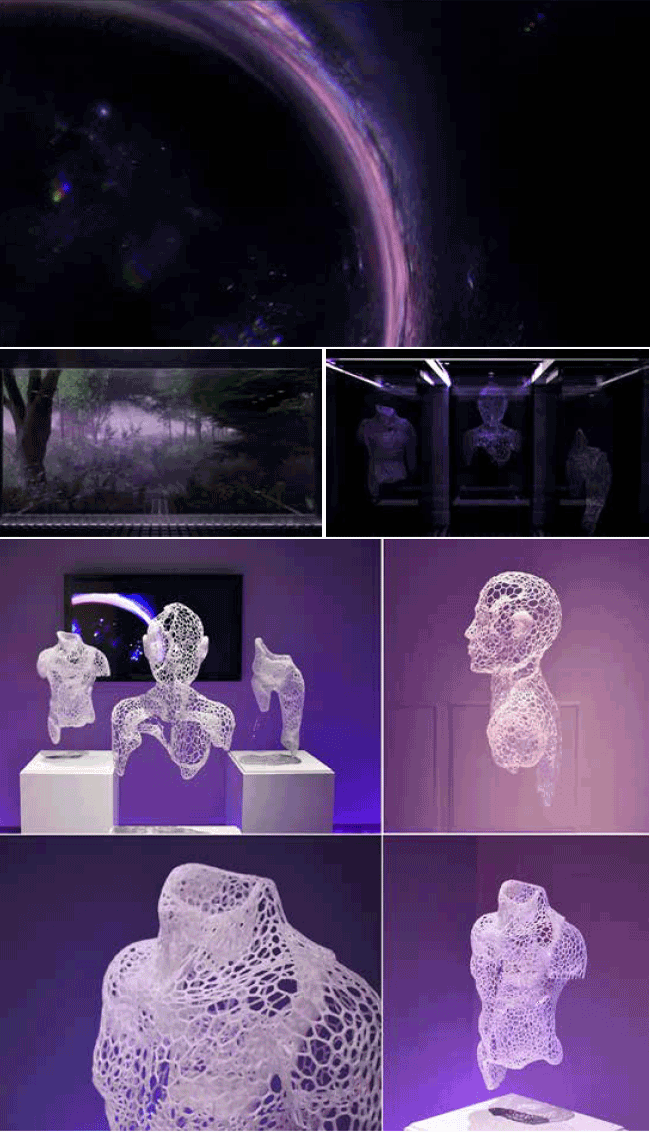
Interplanetary
Cinema 4D, Blender, Rhino, 3D Modeling, motion graphics, animation, sound design, 2018.
Interplanetary is an independent exhibition exploring the interplay and distances between planets. As the story unfolds, viewers become aware of the simulated nature that exists between the macro scale of outer space and the microscale of humanity on earth.
Student Artist: Brooke Michael
Courses: This exhibition is an extension of work developed in ART4110: Computer Graphics III - 3D Modeling and Digital Forms, Spring 2018; and an Independent Study working in mixed reality and motion-based graphics.

Hither
TouchDesigner, VR, generative and sound responsive design, motion graphics, 2019.
Student Artist: Demi Dusenberry
Course: Graphic Design II: Interaction Design
The project is a generative design that is audio-reactive. It refreshes every 10 seconds from a timer I built that pulses the feedback TOP. Without the pulse, the design builds on itself until the alpha is bright that viewers cannot see the pattern anymore. Particles are added to frame the feedback pattern and add additional depth and movement.
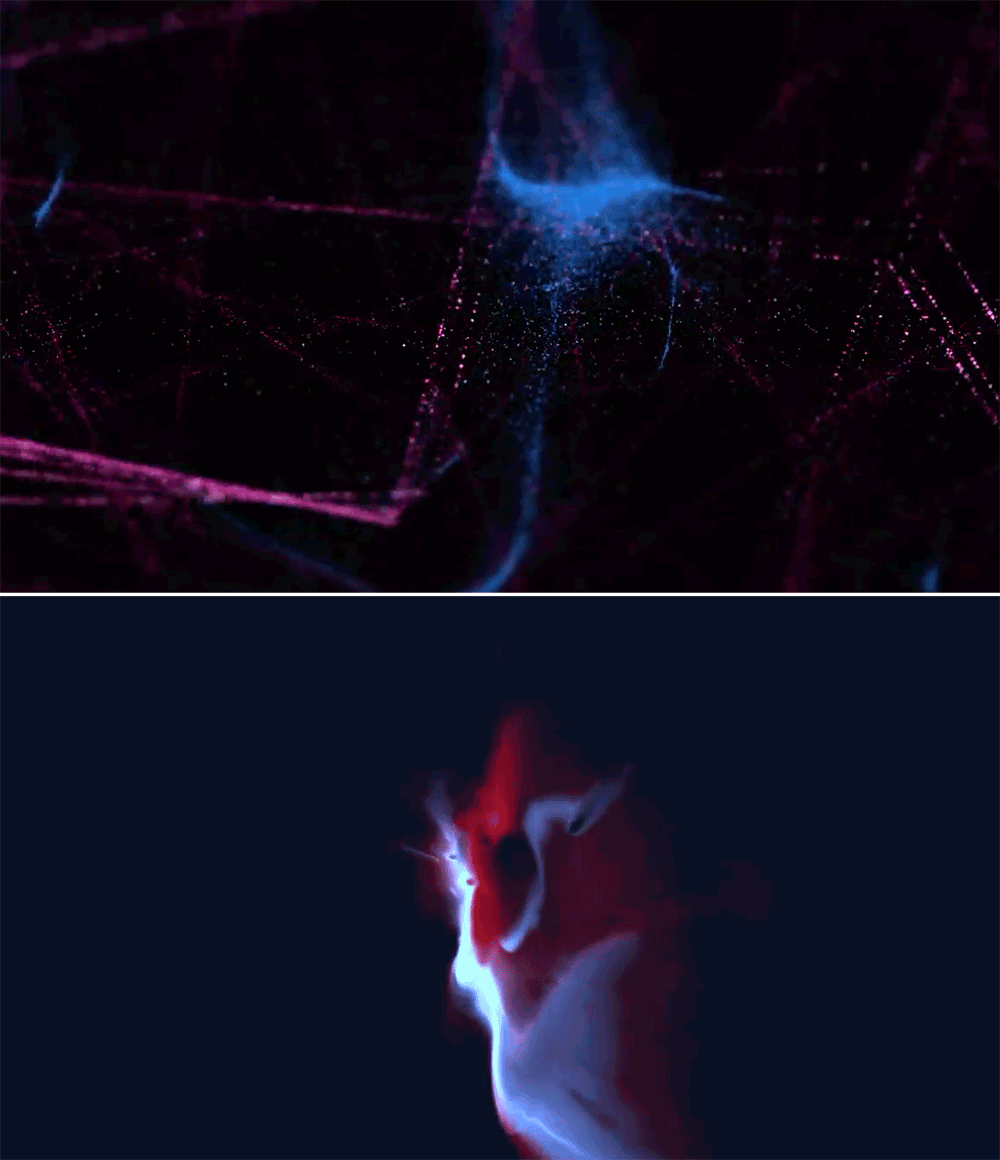
Particulate and Solaris
TouchDesigner, virtual reality, motion graphic particle system, 2019.
Particulate is a sound responsive, VR environment.
Watch video at: https://www.youtube.com/watch?v=K2qHhJcyY48&feature=youtu.be
Cinema 4D, virtual reality, motion graphic particle system, 2019.
Solaris is a sound responsive solar flare, VR environment.
Watch video at: https://www.youtube.com/watch?v=gv3FnDfDlK4&feature=youtu.be
Student Artist: Boone Schieffer
Course: ART3120- Graphic Design II: Interactive Design
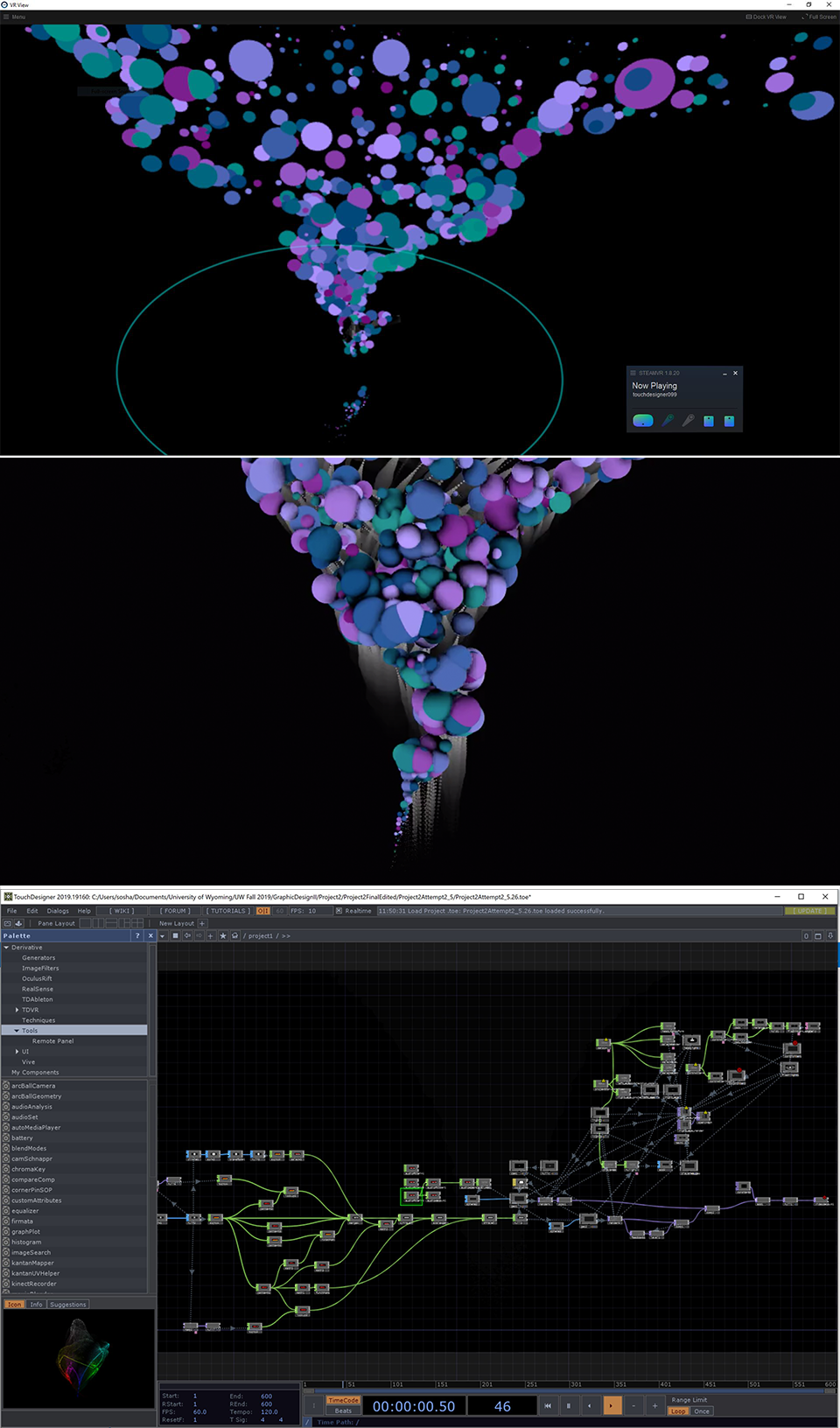
Uprising
TouchDesigner, VR, generative and sound responsive design, motion graphics, 2019.
Watch video at: https://vimeo.com/377634190/6e5a61d013
Student Artist: Alexandra Krosley
Course: Graphic Design II: Interaction Design
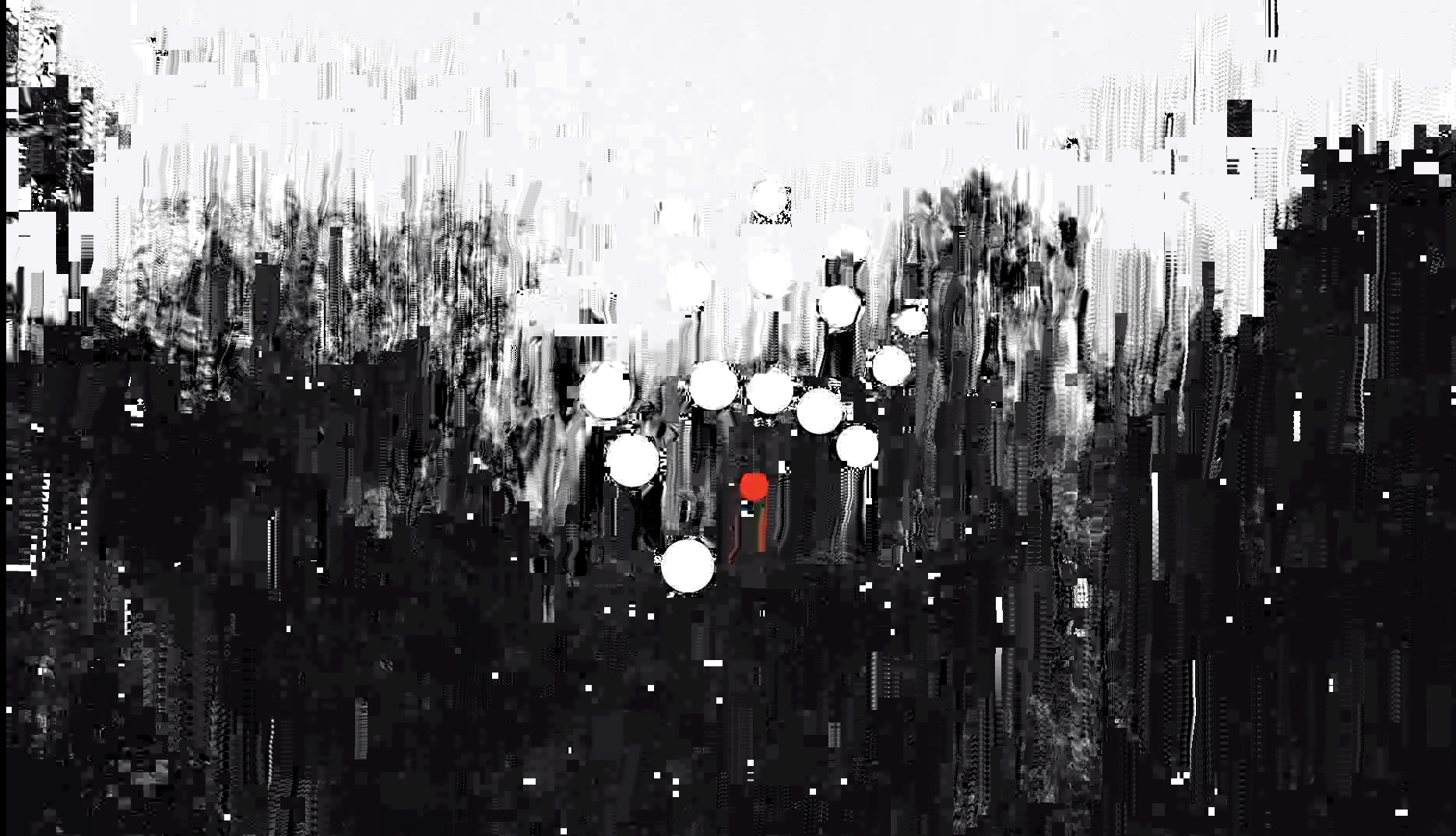
Datamosh
Adobe Premiere Pro, After Effects Independent Project.
Watch at: https://vimeo.com/303196633/244ac1ea71
Artist: William Harris Motion graphic, high-resolution drone camera video, 2018.
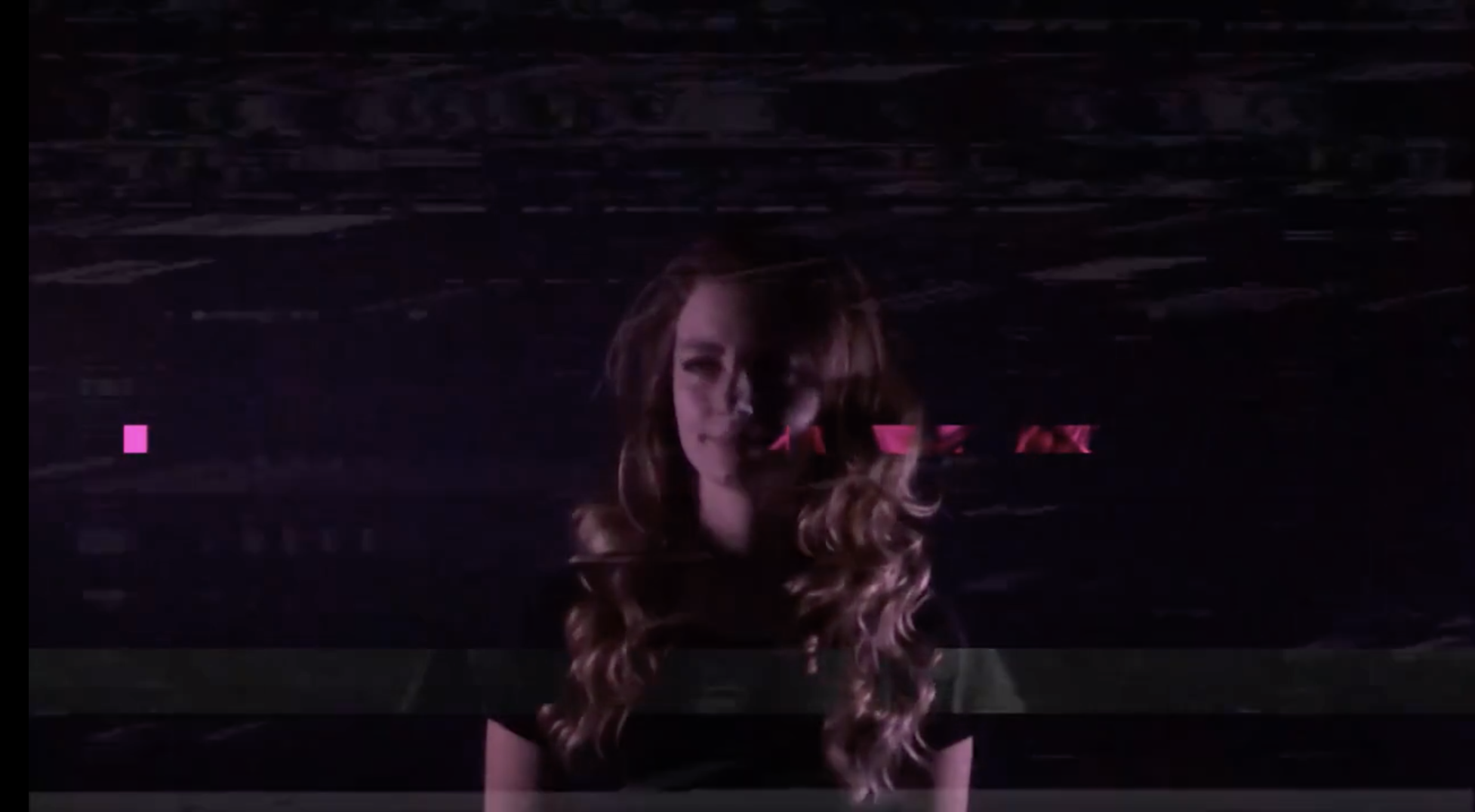
Quantum Entanglement
Premiere Pro and Audition Holographic Video Installation on four clear acrylic panels.
Watch at: https://vimeo.com/303194189/1010c72645
Student Artist: Brooke Michael
Course: ART3150: Computer Graphics II - Experiments in Video & Sound Design, Fall 2017
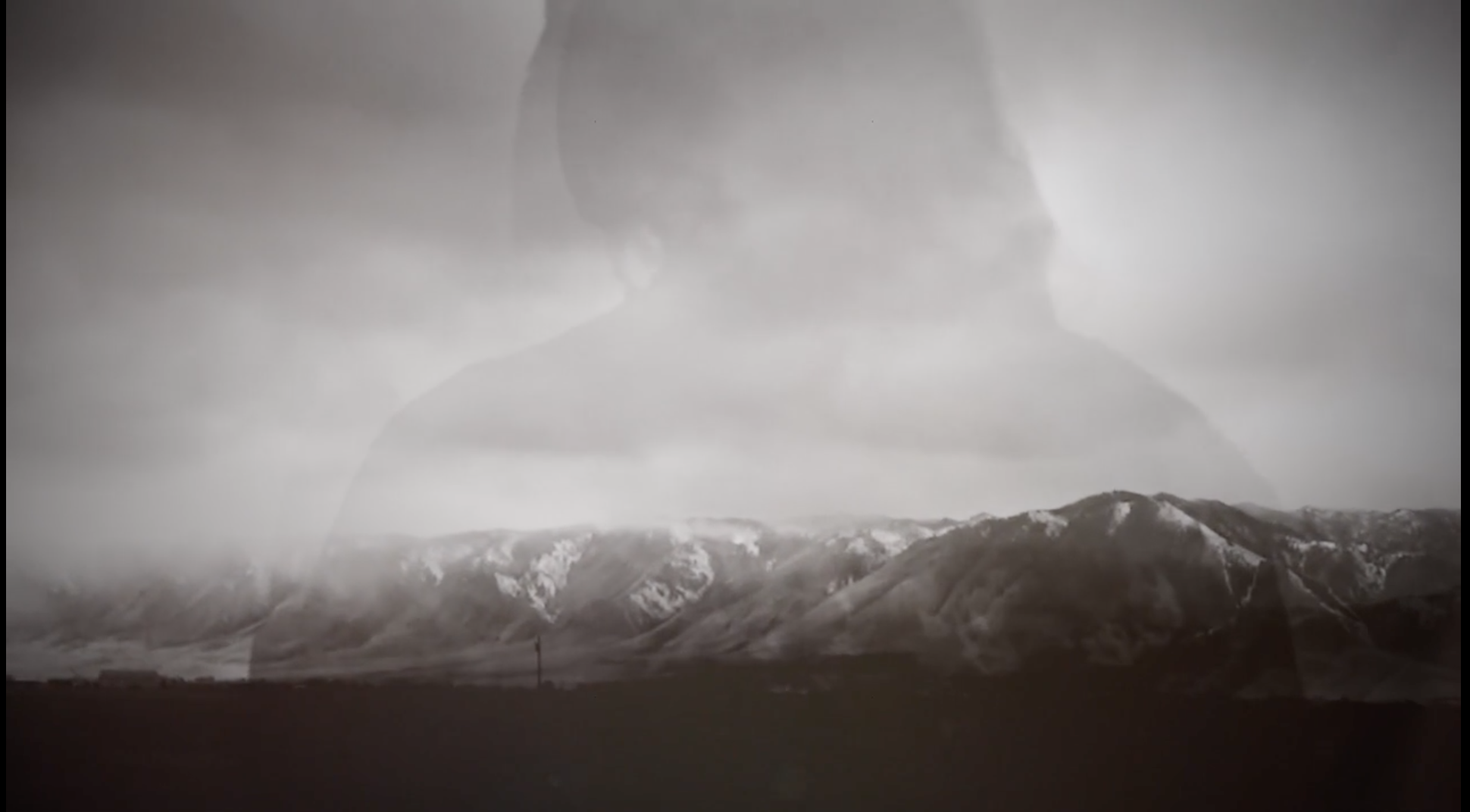
biodiversity
Adobe After Effects, Premiere Pro and Audition Single Channel Video.
Watch at: https://vimeo.com/303199839/e0b802a19f
Student Artist: Brooke Michael
Courses: ART3150: Computer Graphics II - Experiments in Video & Sound Design, Fall 2017 Project 3: Explorations of Biodiversity and Conservation
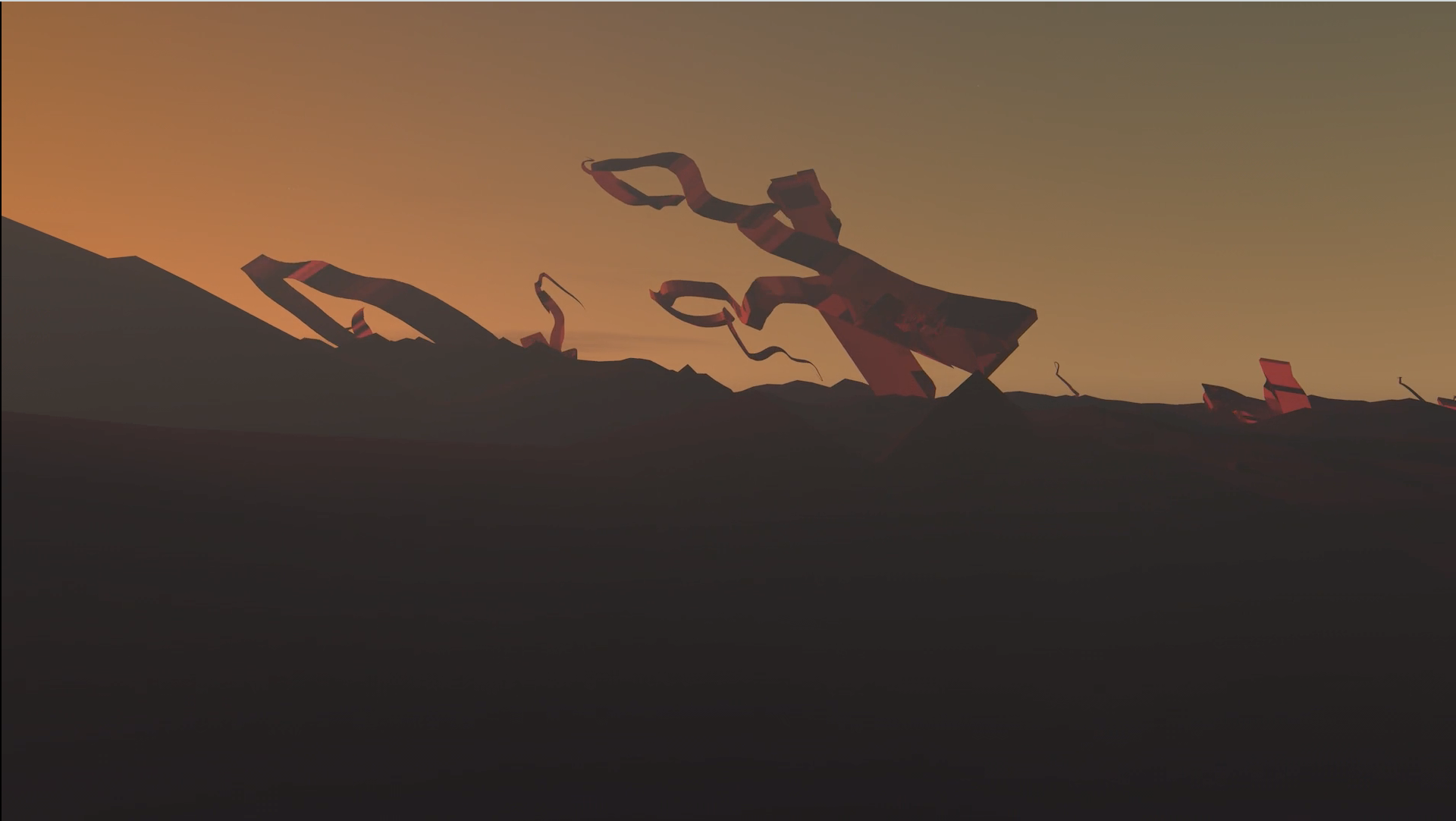
Dusk and Dawn in Nowhere
Cinema 4D, Unity Single Channel Animation.
Watch at: https://vimeo.com/303197897/666f358461
Student Artist: William Harris
Course: ART4120: Senior Portfolio / Capstone, Spring 2018
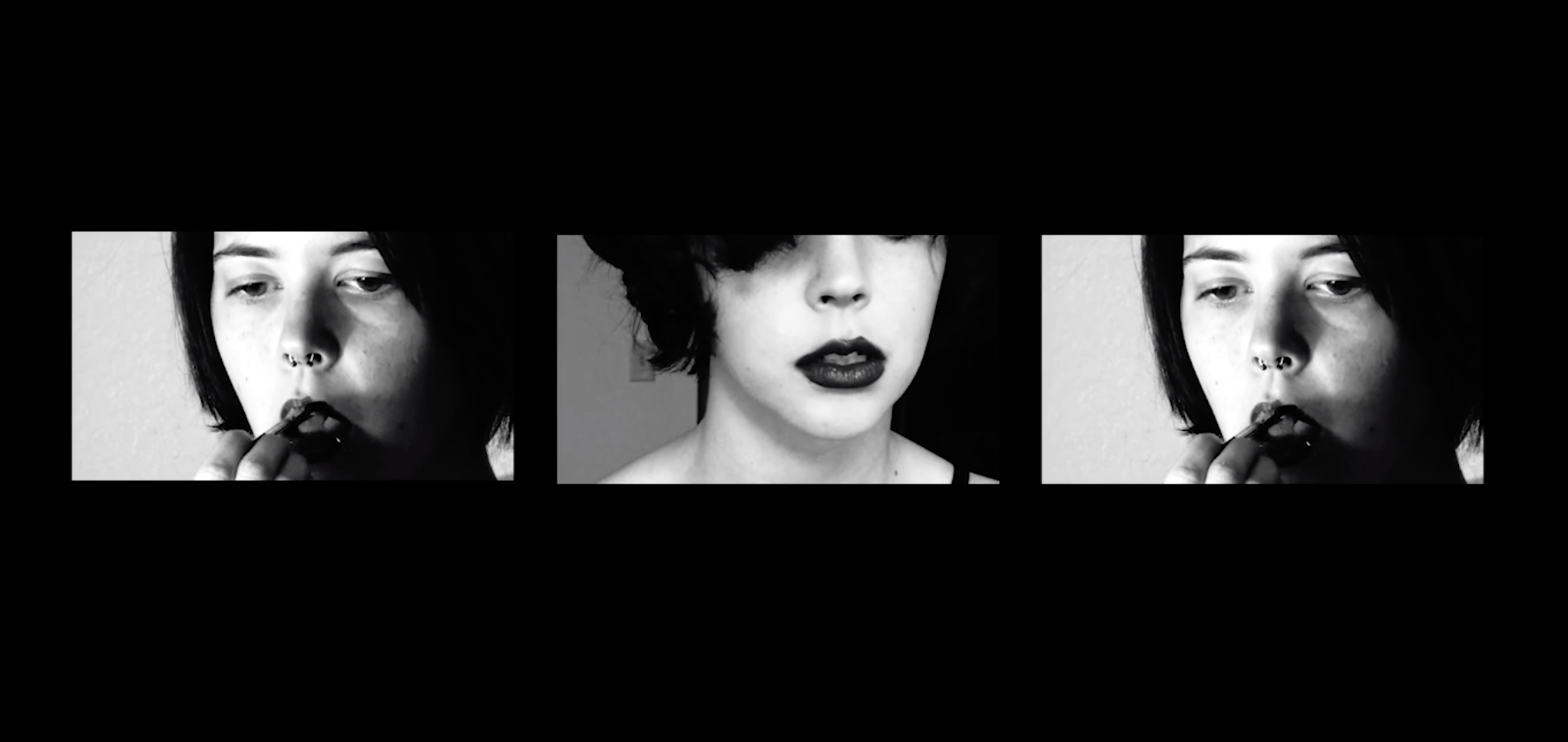
FINE
Premiere Pro and Audition Three Channel Video Installation on three-wall mounted mini displays.
Watch at: https://vimeo.com/303194358/c9d93d7572
Student Artist: Alexine Sumner-Hultgren
Class: ART3150: Computer Graphics II - Experiments in Video & Sound Design, Fall 2017
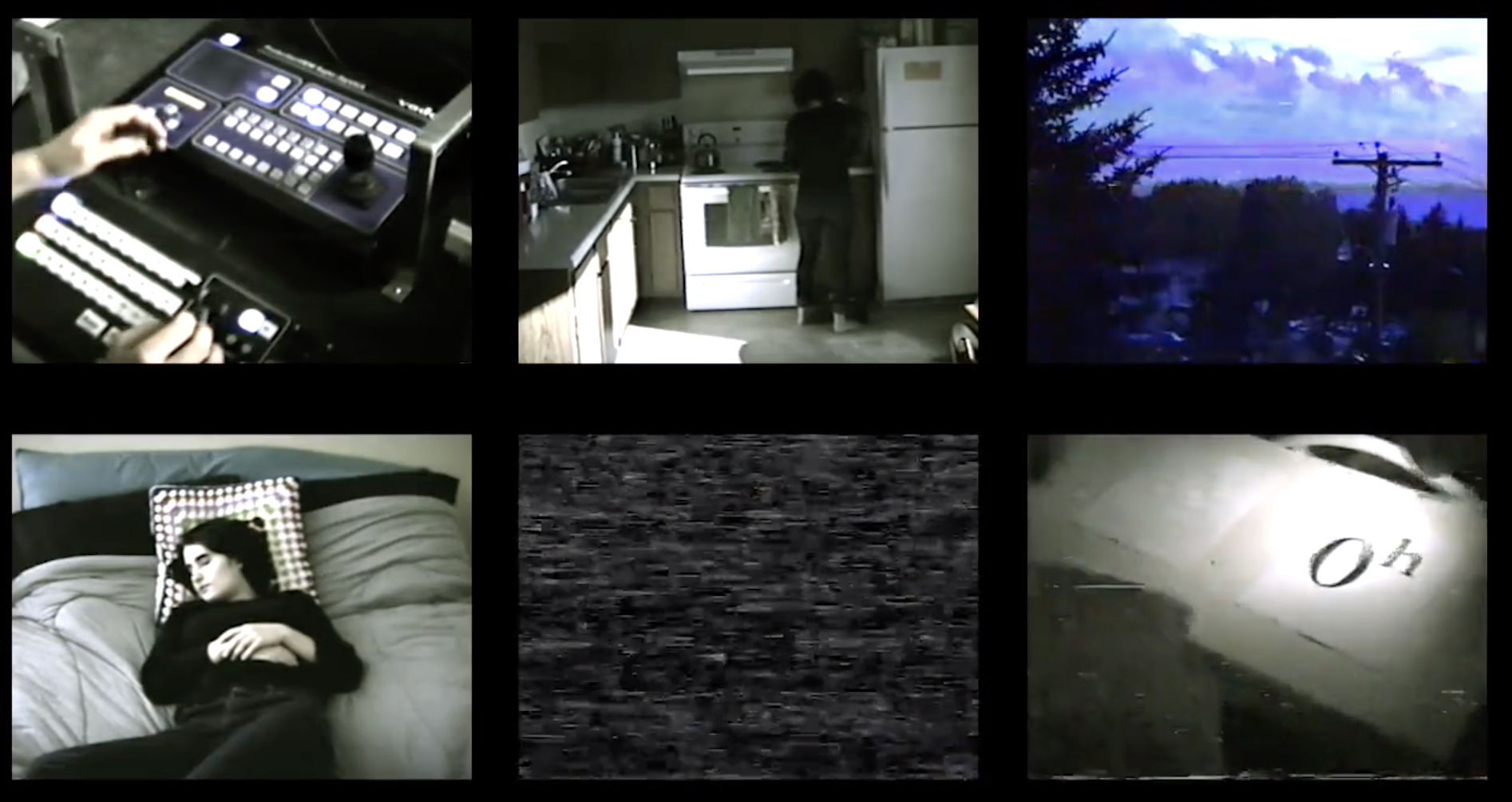
Project Astra
Multi Channel Video, sound design
Student Artist: London Holmer-Wambeam.
Watch at: https://vimeo.com/303199092/bdef01ad70
Course: ART3150 - Computer Graphics II: Experiments in Video Design, Fall 2018
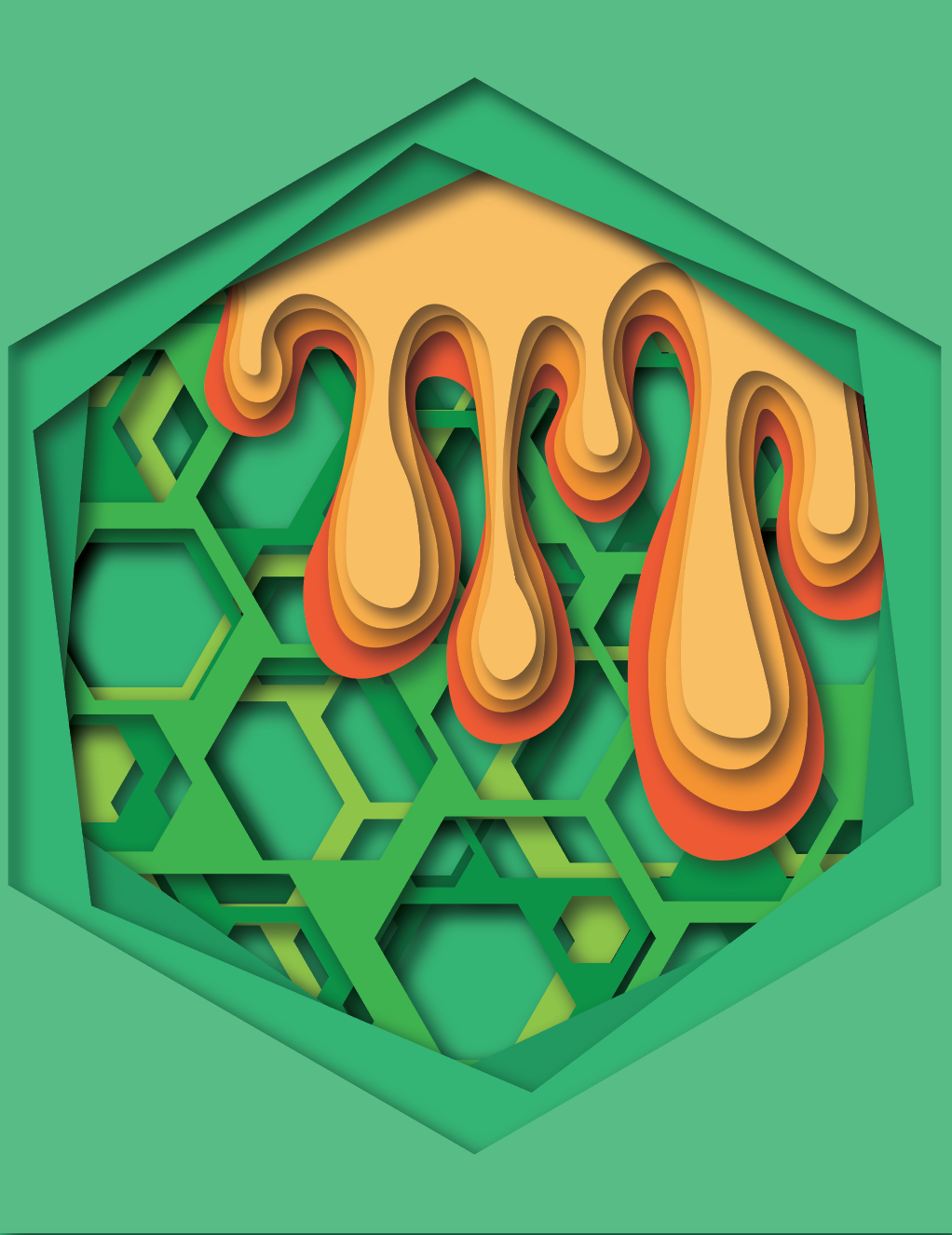
Hive Mentality
Digital Illustration, Multi-layer laser cut vignette and projection, After Effects animation.
Student Artist: Marthe Engejordet
Course: ART4120: Senior Portfolio / Capstone, Spring 2018
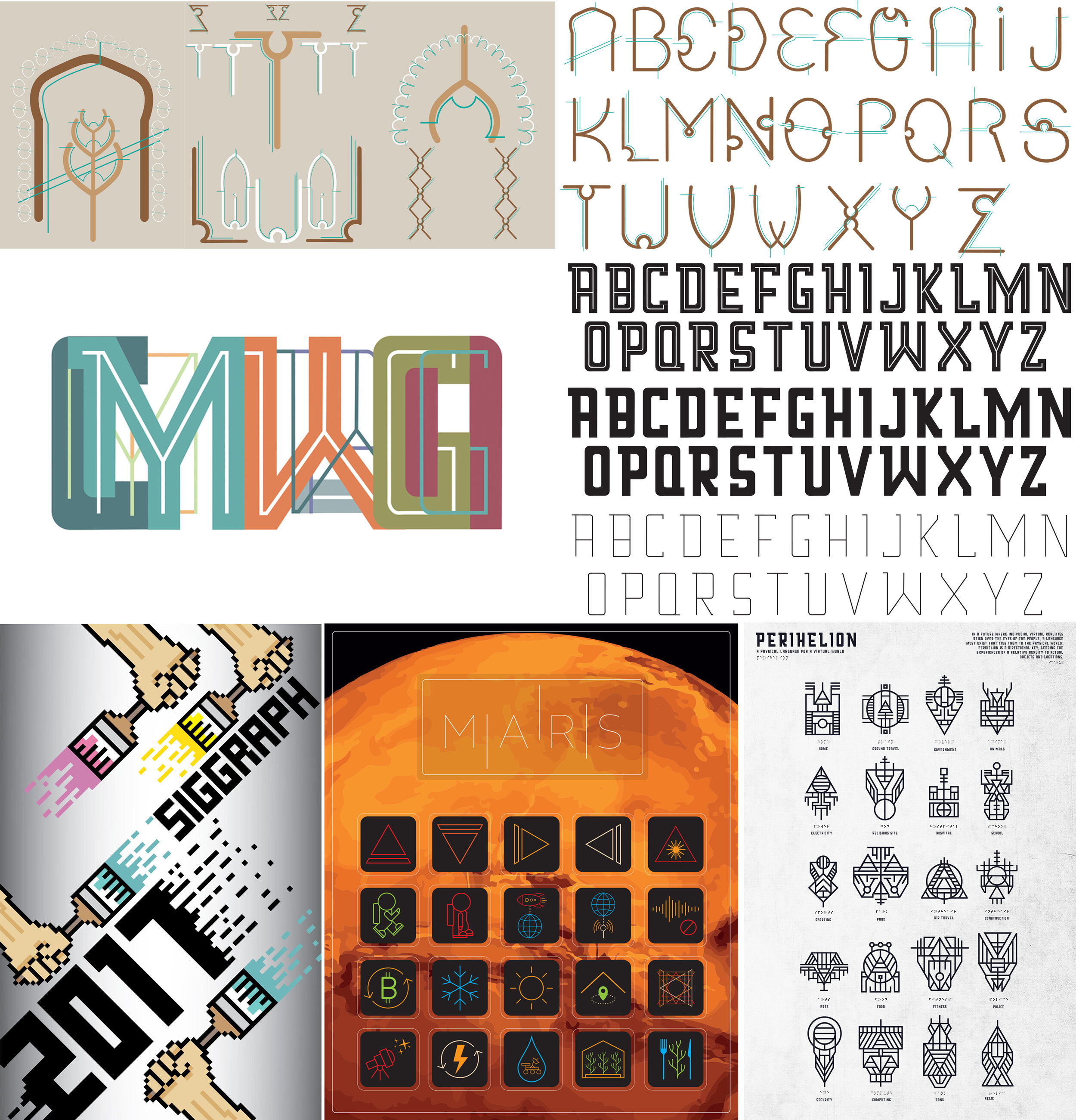
Type and Icons as Art
Original Typefaces and icons, graphic design For this project, students were asked to create original typefaces and corresponding posters that help present new forms of language using text and/or icons.
Course: ART3112: Advanced Typography, Fall 2018
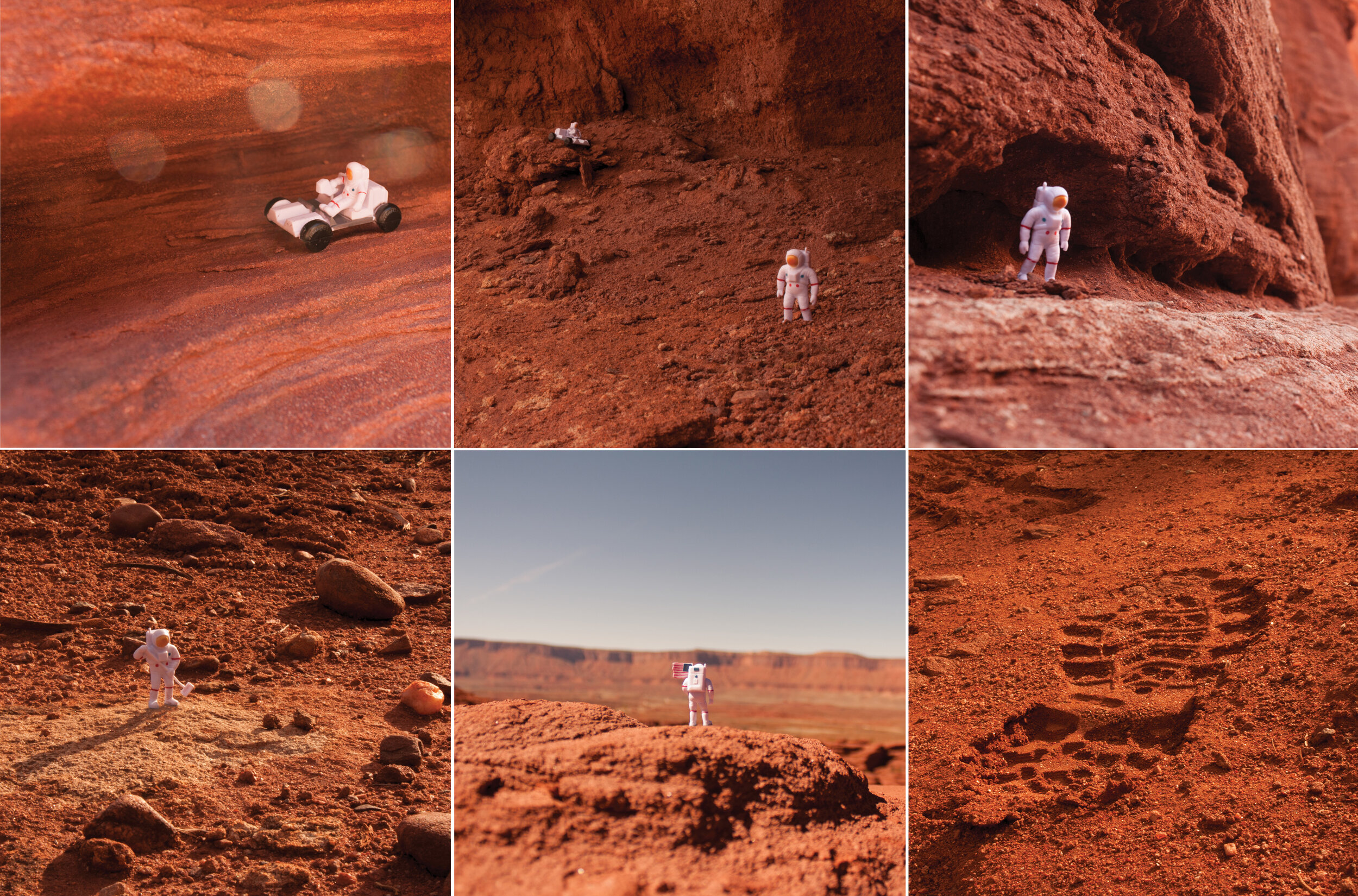
Mars Landing
Digital Photography, Image manipulation, Photoshop
Student Artist: Jarron Sprenger
Course: ART4120: Senior Portfolio / Capstone, Spring 2017
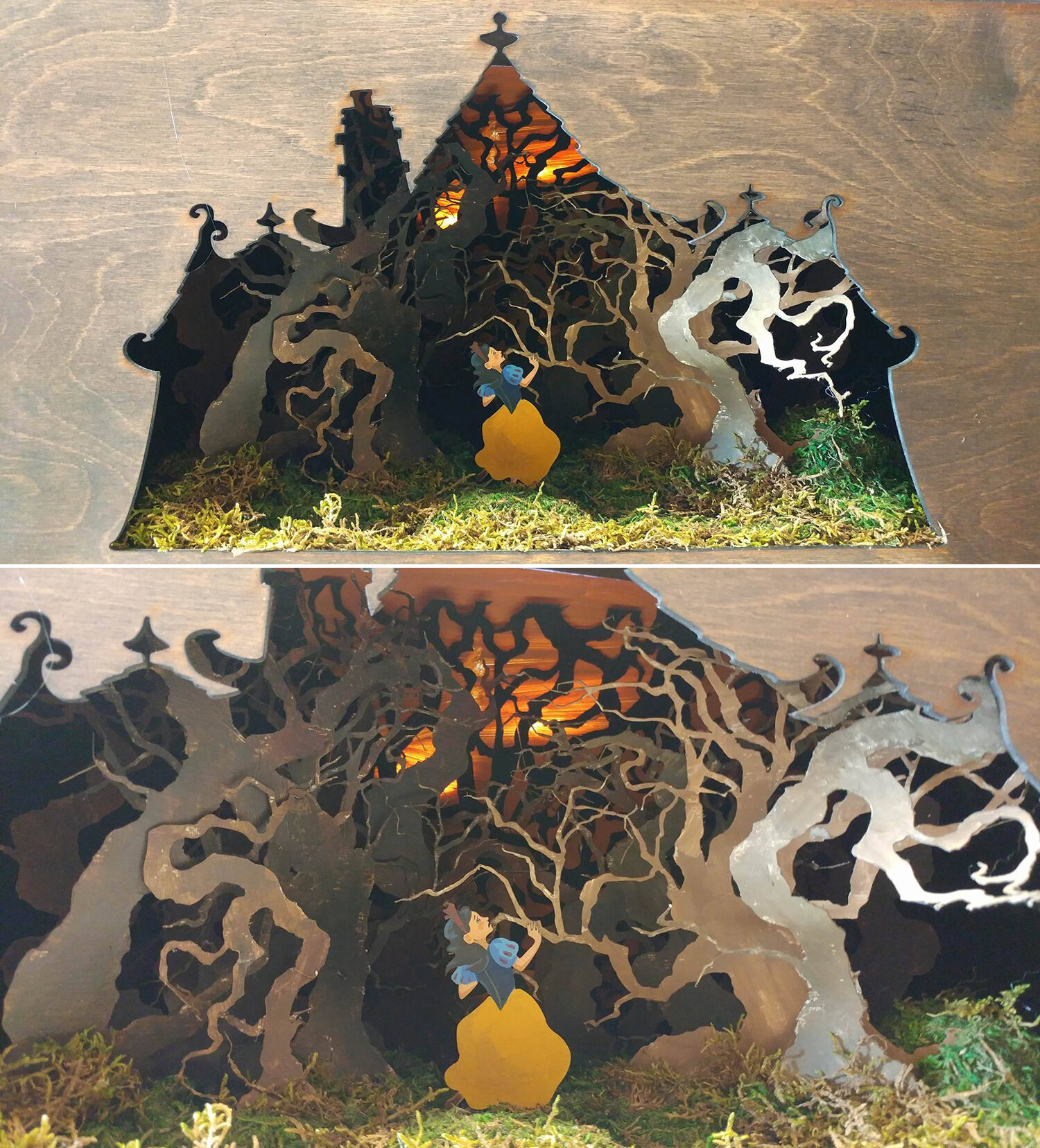

Legend
Digital Illustration, digital prints.
Student Artist: Michala Drum
Courses: ART4120: Senior Portfolio / Capstone, Spring 2018 Interplanetary 3D modeling and prints, digital printing, Adobe After Effects, Cinema 4D and Blender, 2018
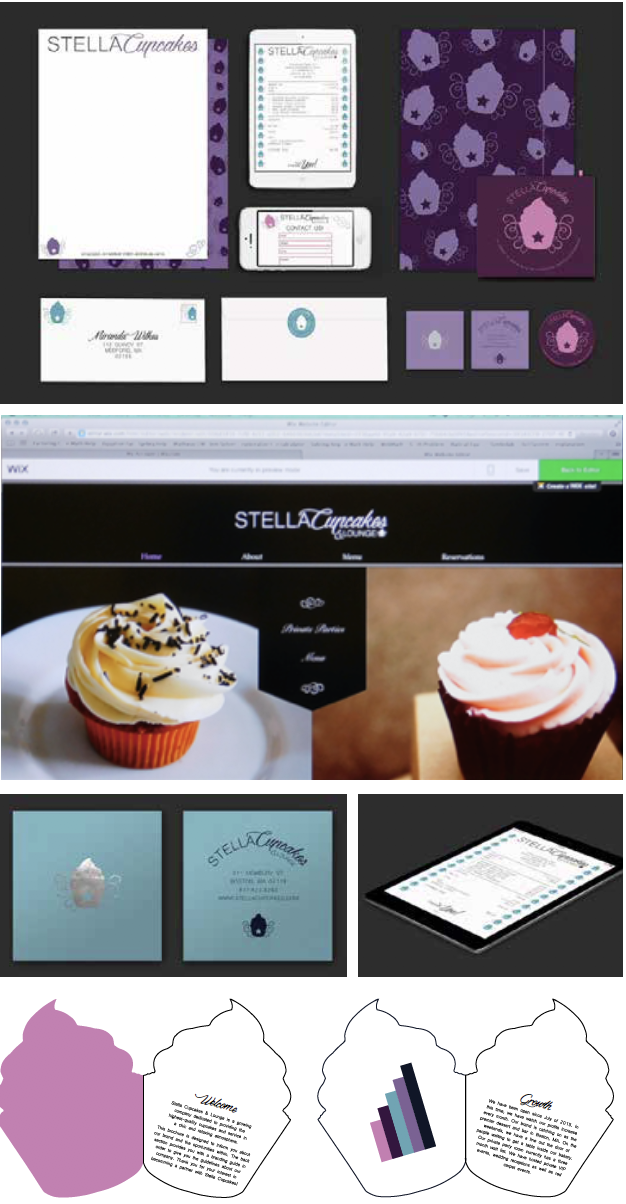

Logo and Branding Design projects
Original Identity Marks, Typefaces and icons, graphic design For this project, students were asked to create original, personalized brand identities for themselves and for companies they might start. Each brand was accompanied by a primary and secondary identity, color, type and icon/ campaign asset pallets, and corresponding Cheat Sheet Brand Spec Sheet posters.
Courses: ART4160: Graphic Design III, Fall 2016 and 17
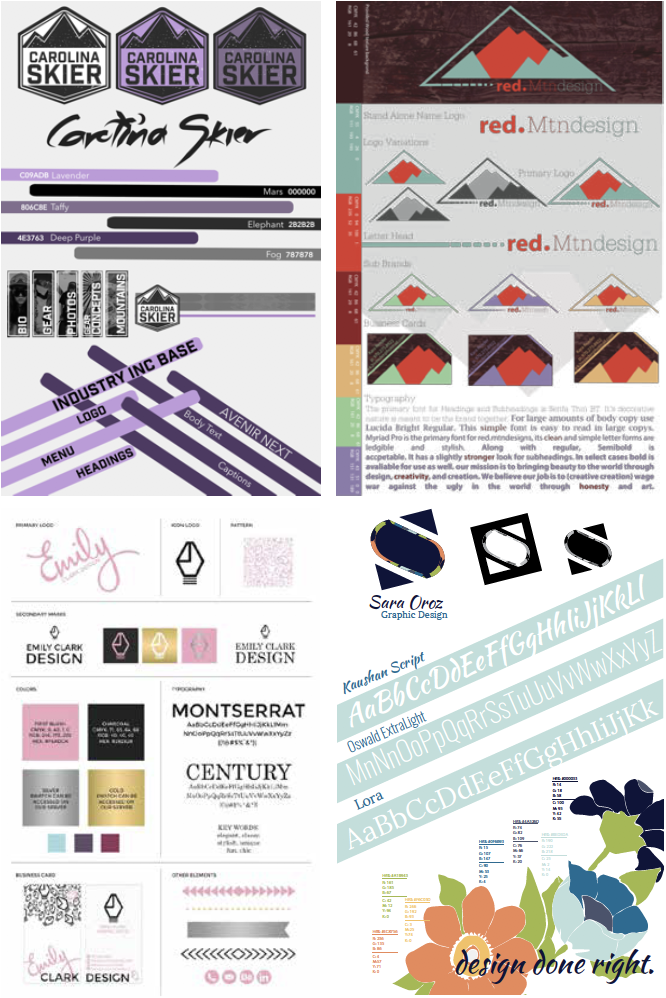
Logo and Branding Design projects
Original Identity Marks, Typefaces and icons, graphic design
For this project, students were asked to create original, personalized brand identities for themselves and for companies they might start. Each brand was accompanied by a primary and secondary identity, color, type and icon/campaign asset pallets, and corresponding Cheat Sheet Brand Spec Sheet posters .
Courses: ART4160: Graphic Design III, Fall 2016 and 17

Speculative Design Retro - Futurism advertisement projects
For this project, students were asked to create a series of retro-inspired futurism advertisements. Students were asked to explore advertisements from a time period prior to their birth and re-investigate or design new advertisements for future audiences and realities, through a lens of speculative realities and fiction.
Courses: ART2122: Computer Graphics I, Fall 2016, 17 and 18











